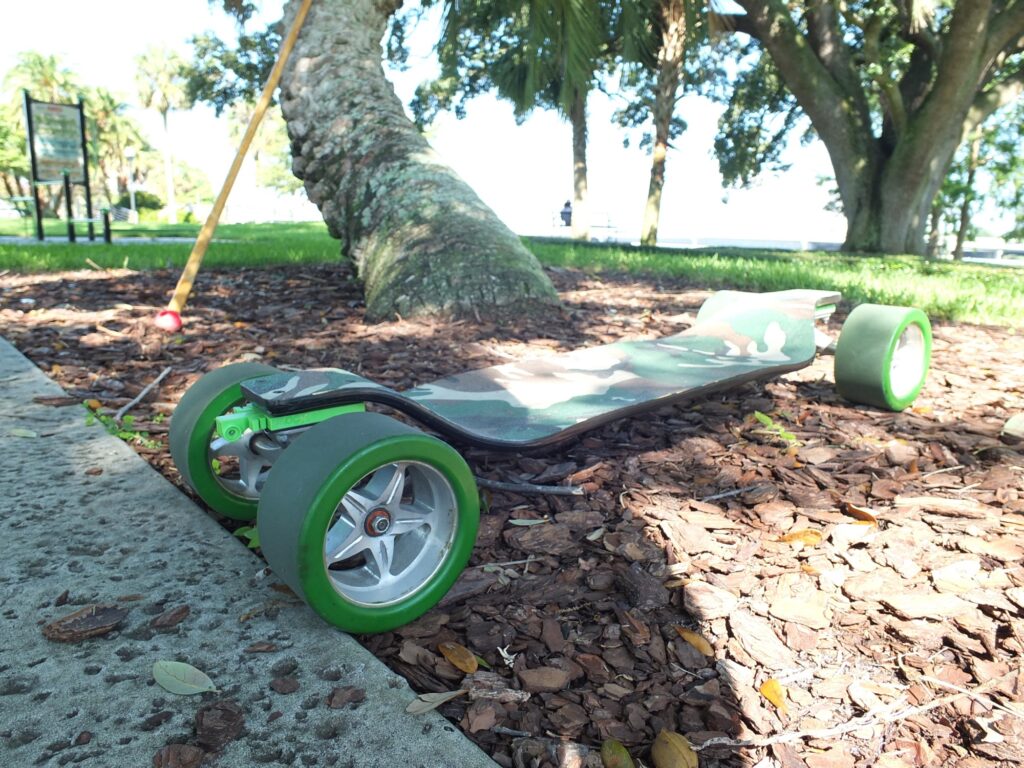In today’s fast-changing business landscape, traditional US retailers are under pressure to reinvent themselves. E-commerce giants, shifting consumer expectations, and the rising influence of lifestyle communities have forced retailers to think beyond simple transactions. Enter movement-based brands—companies that don’t just sell products but sell experiences, culture, and belonging. Among them, DonkBoard, a brand rooted in the longboard skateboard lifestyle, offers a compelling case study for how US retailers can adapt and thrive.
This article explores what I call “The Longboard Effect”: the unique ability of movement-driven brands like DonkBoard to create value beyond products, reshape consumer behavior, and set new standards for retail engagement.
Movement as Identity: Why Lifestyle Comes Before Sales
The success of longboard culture lies in its transformation from a sport into a lifestyle. Longboards aren’t just gear; they represent freedom, self-expression, and community. Brands like DonkBoard have capitalized on this by embedding lifestyle storytelling into every aspect of their business.
Traditional US retailers often stop at the product: shoes, apparel, or gear. But movement-based brands recognize that products are vehicles for identity. Owning a longboard means aligning with adventure, urban mobility, and personal freedom. Similarly, apparel like long sleeve skateboard shirts or gear like long skateboard wheels extend the lifestyle narrative.
Lesson for retailers: sell the story, not just the item.
From Community Roots to National Reach
Movement-driven brands often start hyper-local. DonkBoard, for instance, grew by connecting with enthusiasts at street-level—through skate parks, urban meetups, and grassroots communities. This “community-first” approach builds authenticity, a trait increasingly valued by US consumers.
Contrast that with many traditional retailers, who attempt to scale too quickly without cultivating loyalty. The longboard effect teaches that sustainable growth comes from building micro-communities first, then expanding outward with strong cultural capital.
Takeaway: retailers should invest in community-driven events, loyalty programs, and user-generated content before scaling nationwide.
Innovation Through Adaptation: The Business Parallel to Longboard Wheels
Just as long skateboard wheels are designed to adapt to different terrains—smooth concrete, rough pavement, or steep hills—movement-based brands pivot quickly to consumer trends. During the pandemic, companies tied to active lifestyles emphasized home-based workouts, digital communities, and e-commerce bundles.
DonkBoard leaned into digital storytelling, expanding its reach through online platforms, cultural collaborations, and lifestyle branding. Traditional retailers can learn from this agility: innovation doesn’t always require reinventing the product—it can mean rethinking the delivery, the community, or the narrative.
Apparel as a Gateway: The Rise of Lifestyle Merch
One of the most overlooked aspects of movement-based retail is the power of apparel. Skate culture has long influenced mainstream fashion, from long sleeve skateboard shirts to sneakers and graphic tees. By extending their identity into wearable products, brands create “walking billboards” out of their customers.
DonkBoard has leveraged this strategy by offering lifestyle-focused apparel that resonates even with people who don’t skate. This creates new entry points into the brand and broadens its cultural influence. For traditional US retailers, this means reimagining apparel not as add-on merchandise but as a strategic tool for spreading culture and driving revenue.
Storytelling That Resonates Beyond Sport
The longboard effect thrives on storytelling. Customers don’t just buy boards—they buy into stories of urban exploration, resilience, and freedom. Social media amplifies this effect, transforming users into co-creators of the brand narrative.
For traditional retailers, adopting storytelling as a central marketing strategy is no longer optional. Consumers want transparency, authenticity, and narratives that connect to their own aspirations. Whether it’s sustainability, personal growth, or community, weaving storylines into commerce creates lasting impact.
Case Study Takeaways for US Retailers
- Embed lifestyle into products – Make every item a symbol of identity, not just utility.
- Start with community – Build local trust before scaling national markets.
- Adapt like wheels – Pivot quickly to consumer and cultural shifts.
- Leverage apparel strategically – Expand influence through lifestyle merch.
- Master storytelling – Turn customers into community members, not just buyers.
Why DonkBoard Exemplifies the Longboard Effect
DonkBoard’s model shows that success comes from aligning movement, lifestyle, and culture into a unified brand identity. Their longboards aren’t just sold as “long skateboards for sale” but as tools for freedom, connection, and personal style. Their longboard skateboard culture integrates apparel, events, and digital storytelling to create a 360-degree retail experience.
This holistic approach offers lessons not just for sporting brands, but for fitness companies, fashion retailers, and even wellness businesses trying to build relevance in today’s experience-driven economy.
Final Thoughts: Movement-Based Retail is the Future
The longboard effect is bigger than skateboards. It represents a retail philosophy that prioritizes lifestyle, adaptability, and community over transactions. US retailers that embrace these lessons will find themselves not only surviving in a competitive market but thriving—by transforming customers into loyal advocates and products into symbols of identity.
In other words, the path forward for retail is not just about selling. It’s about moving—with culture, with community, and with purpose.

